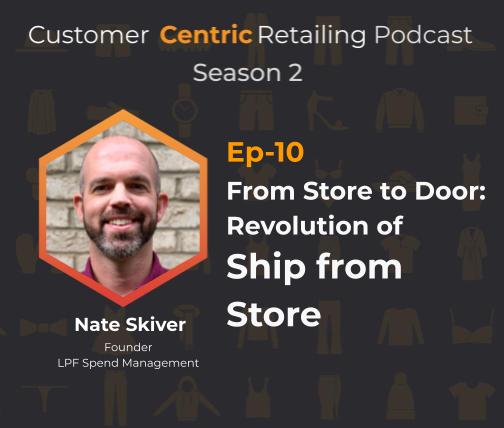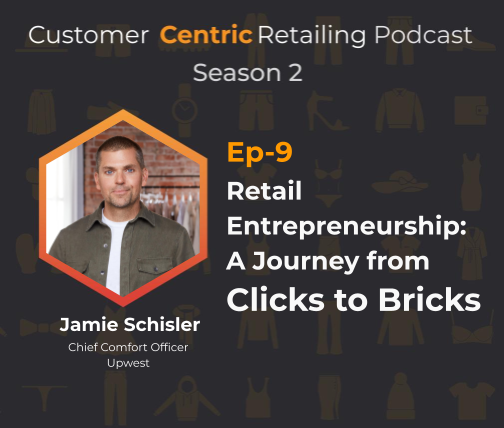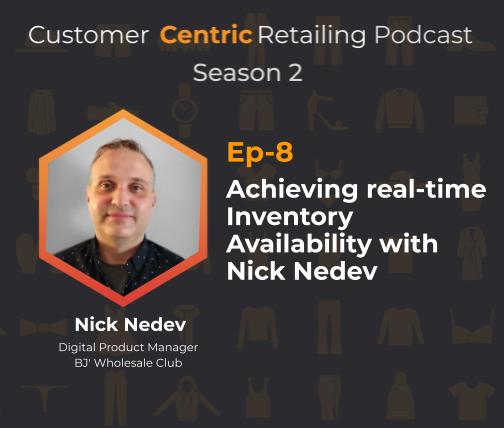Summary
Our special guest, Kenny Anderson, joins the podcast to discuss how merchandising has and must evolve in order to keep up with modern supply chains, customer expectations, and concerns about sustainability. How has merchandising evolved over the past decade? What is the right balance between online and offline retailing? How can luxury brands best promote sustainability without compromising on profitability?
- We ask these questions and more of our special guest, Kenny Anderson, start-up board advisor for unRisky Business and former Vice President of Merchandising for top luxury brands including Hugo Boss and Armani.
- Kenny truly believes that you have to meet your customers where they are and cater to their needs, and that can only be achieved by paying attention to behaviors and discourse. Merchandising has and must evolve in order to keep up with modern supply chains, customer expectations, and concerns about sustainability.




